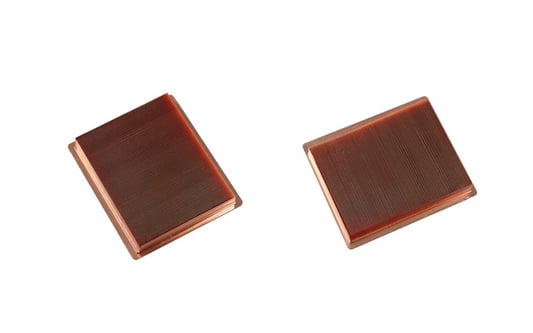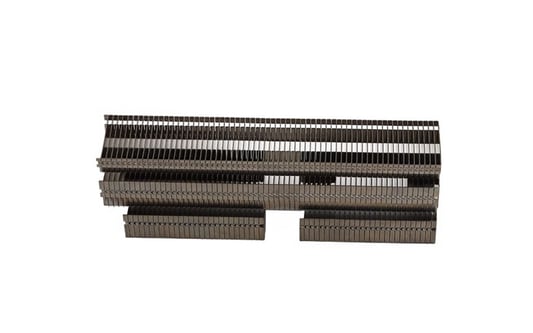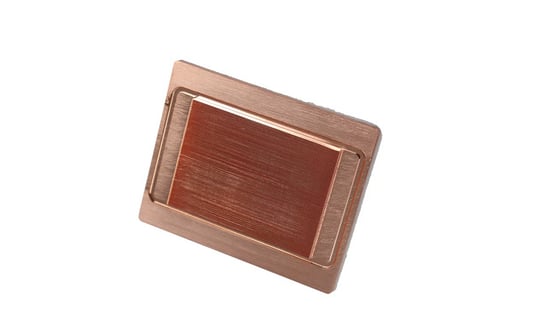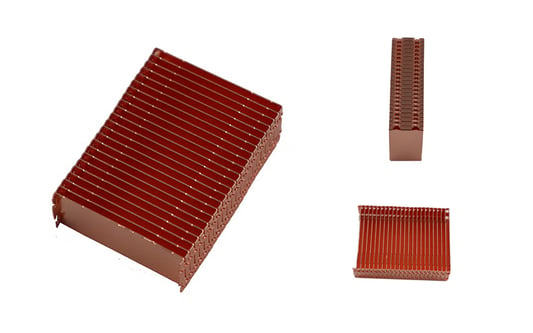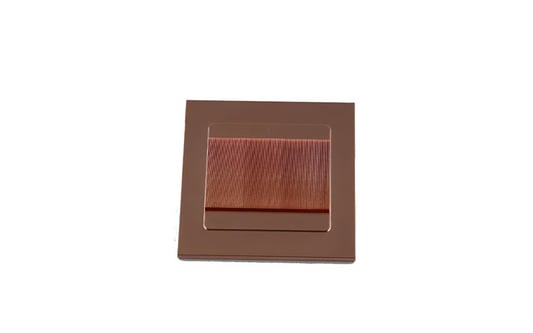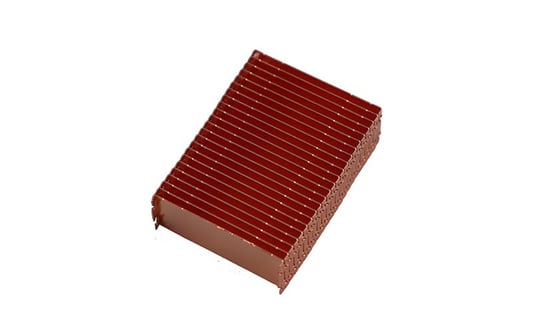Efficiency When it comes to efficiency, skived heat sinks have a slight edge over extruded heat sinks. Skived heat sinks are thinner and have a larger surface area, allowing for better heat dissipation. Extruded heat sinks, on the other hand, are bulkier and have a lower surface area, which can lead to less efficient heat dissipation. Cost-Effectiveness Extruded heat sinks are generally more cost-effective than skived heat sinks. This is because the manufacturing process for extruded heat sinks is simpler and less labor-intensive compared to skived heat sinks. If you are working within a tight budget, extruded heat sinks may be the better option for you. Customization Skived heat sinks offer more customization options compared to extruded heat sinks. Skived heat sinks can be easily tailored to fit specific requirements, such as intricate shapes or thin profiles. Extruded heat sinks, on the other hand, have limitations in terms of customization due to their manufacturing process. Heat Dissipation Both skived and extruded heat sinks are effective at dissipating heat, but skived heat sinks have a slight advantage due to their larger surface area. Skived heat sinks can efficiently dissipate heat even in high-power applications, making them a popular choice for systems that require superior thermal management. Material Options Extruded heat sinks offer more material options compared to skived heat sinks. Extruded heat sinks can be made from a variety of materials, such as aluminum, copper, and steel, allowing for greater flexibility in terms of thermal conductivity and durability. Skived heat sinks are typically made from aluminum, which may limit material options. Application The choice between skived and extruded heat sinks often comes down to the specific application requirements. Skived heat sinks are popular in applications where space is limited and thermal performance is crucial, such as in electronics and telecommunications. Extruded heat sinks are commonly used in applications where cost-effectiveness is a priority, such as in consumer appliances and lighting fixtures. Installation Extruded heat sinks are generally easier to install compared to skived heat sinks. The simple design of extruded heat sinks makes them straightforward to mount onto surfaces, saving time and labor during the installation process. Skived heat sinks, with their more complex shapes and profiles, may require more intricate installation techniques. Weight Skived heat sinks are lighter in weight compared to extruded heat sinks. This can be beneficial in applications where weight is a concern, such as in aerospace or automotive industries. The lightweight nature of skived heat sinks makes them easier to handle and transport, without sacrificing thermal performance. Thermal Resistance Both skived and extruded heat sinks offer good thermal resistance, but skived heat sinks have a slight advantage due to their larger surface area. Skived heat sinks can effectively dissipate heat and maintain lower operating temperatures, which can extend the lifespan of electronic components and improve system reliability. Longevity In terms of longevity, both skived and extruded heat sinks are durable and can withstand prolonged use. However, skived heat sinks may have a slight edge in longevity due to their superior thermal performance. Skived heat sinks are less prone to overheating, which can help prevent premature component failure and ensure long-term reliability. Quote Inquirycontact us



